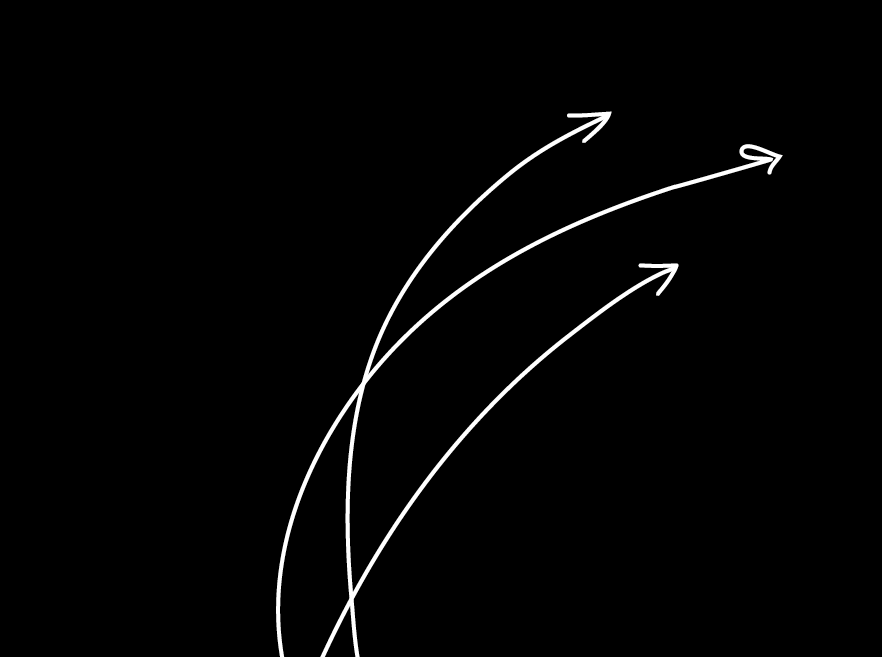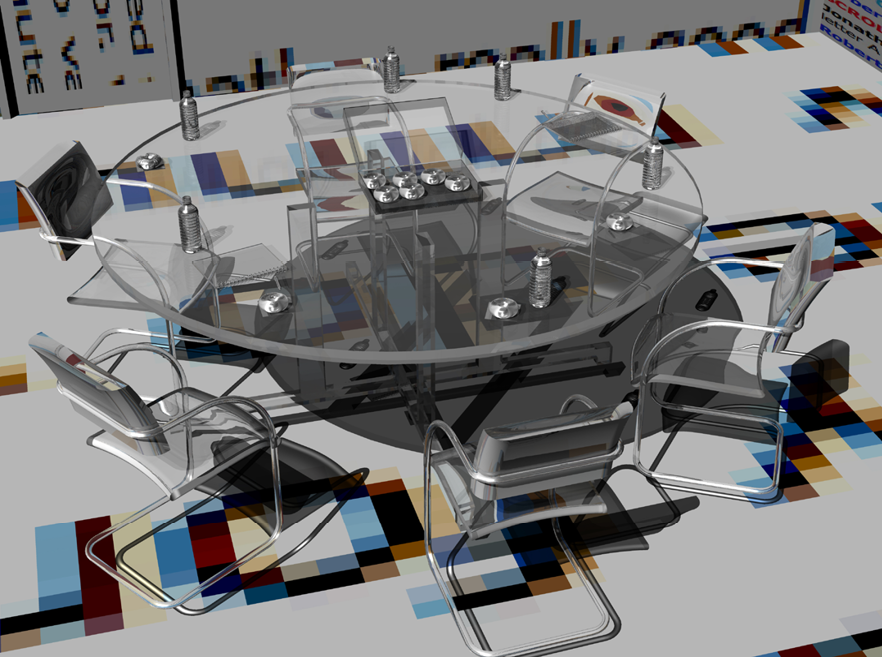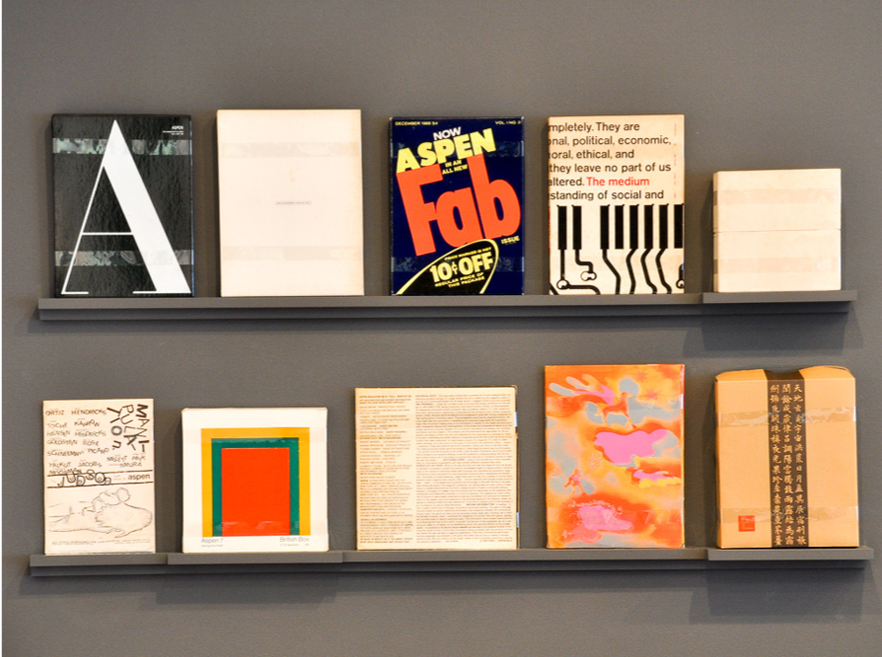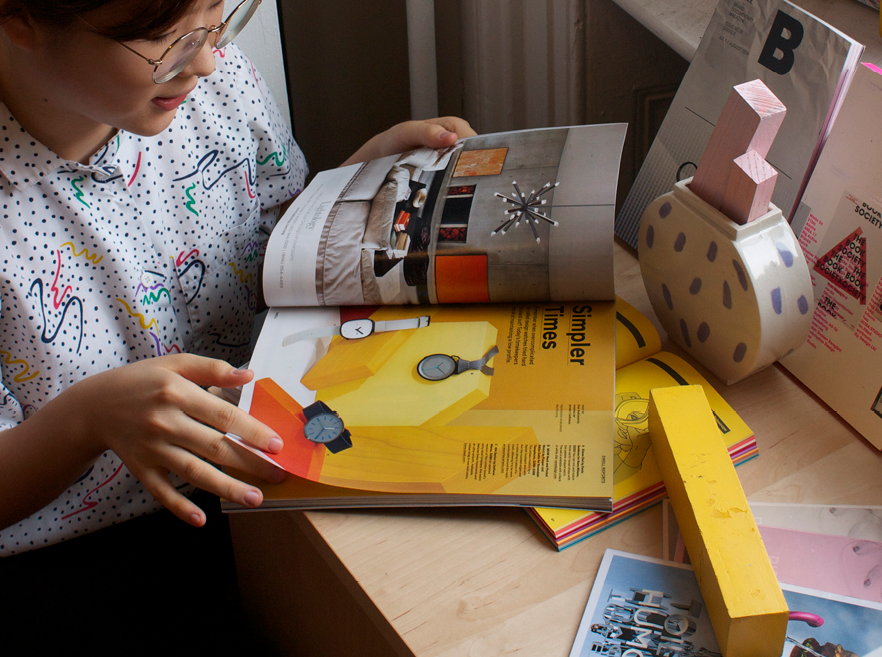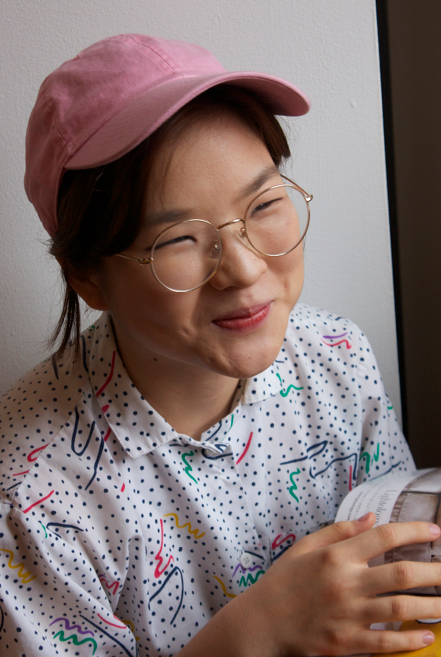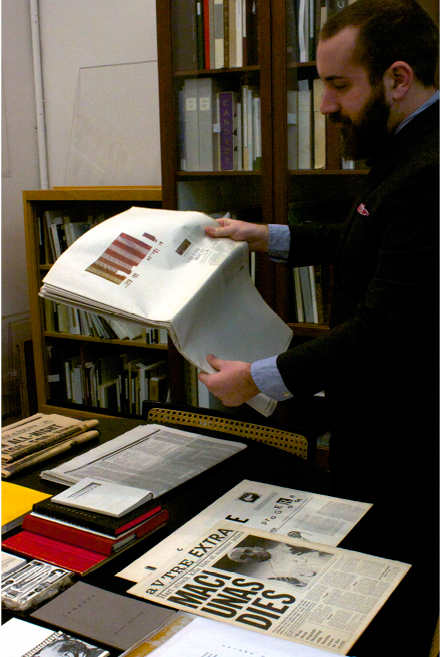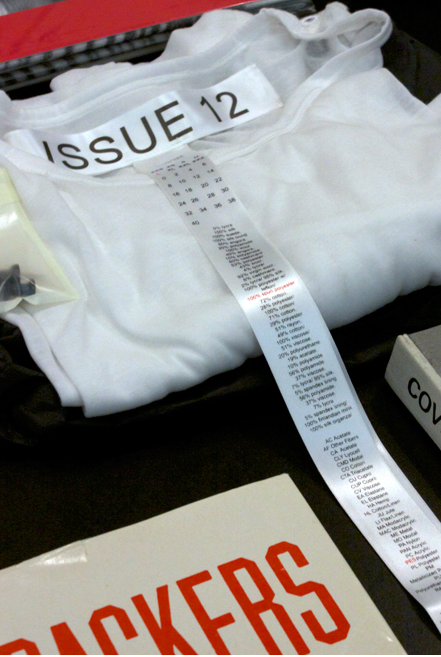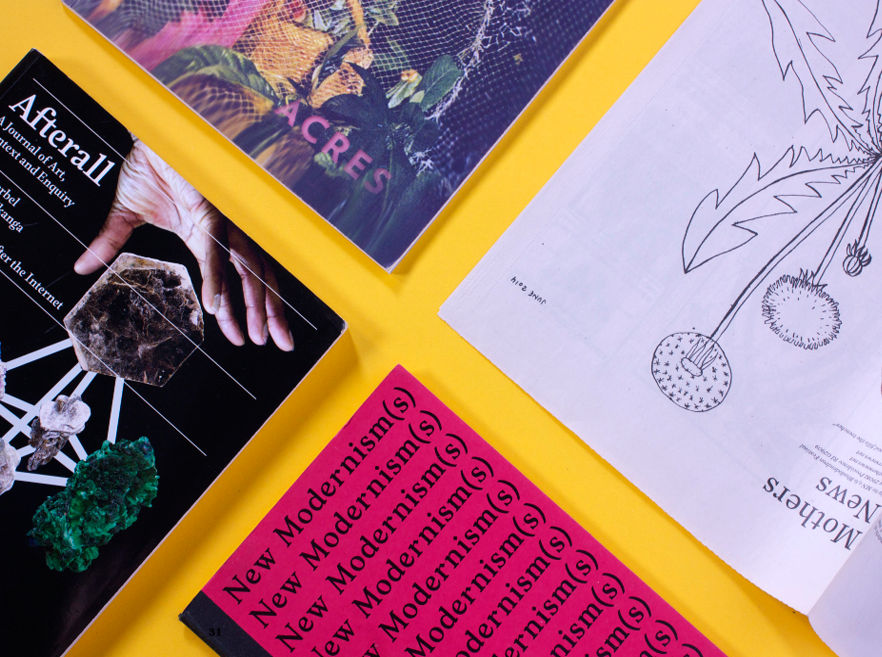 Jazmin Smith
Jazmin Smith is a recent graduate of the University of Maryland, Baltimore County. She was born on the twelfth anniversary of Star Wars: A New Hope.
 Joseph Shaikewitz
Joseph Shaikewitz is an independent curator from St. Louis, MO. He currently studies art history at Johns Hopkins University.
 Lily Clark
Lily Clark studied graphic design at the Maryland Institute College of Art (MICA). She loves disco and eating papayas with a spoon.
